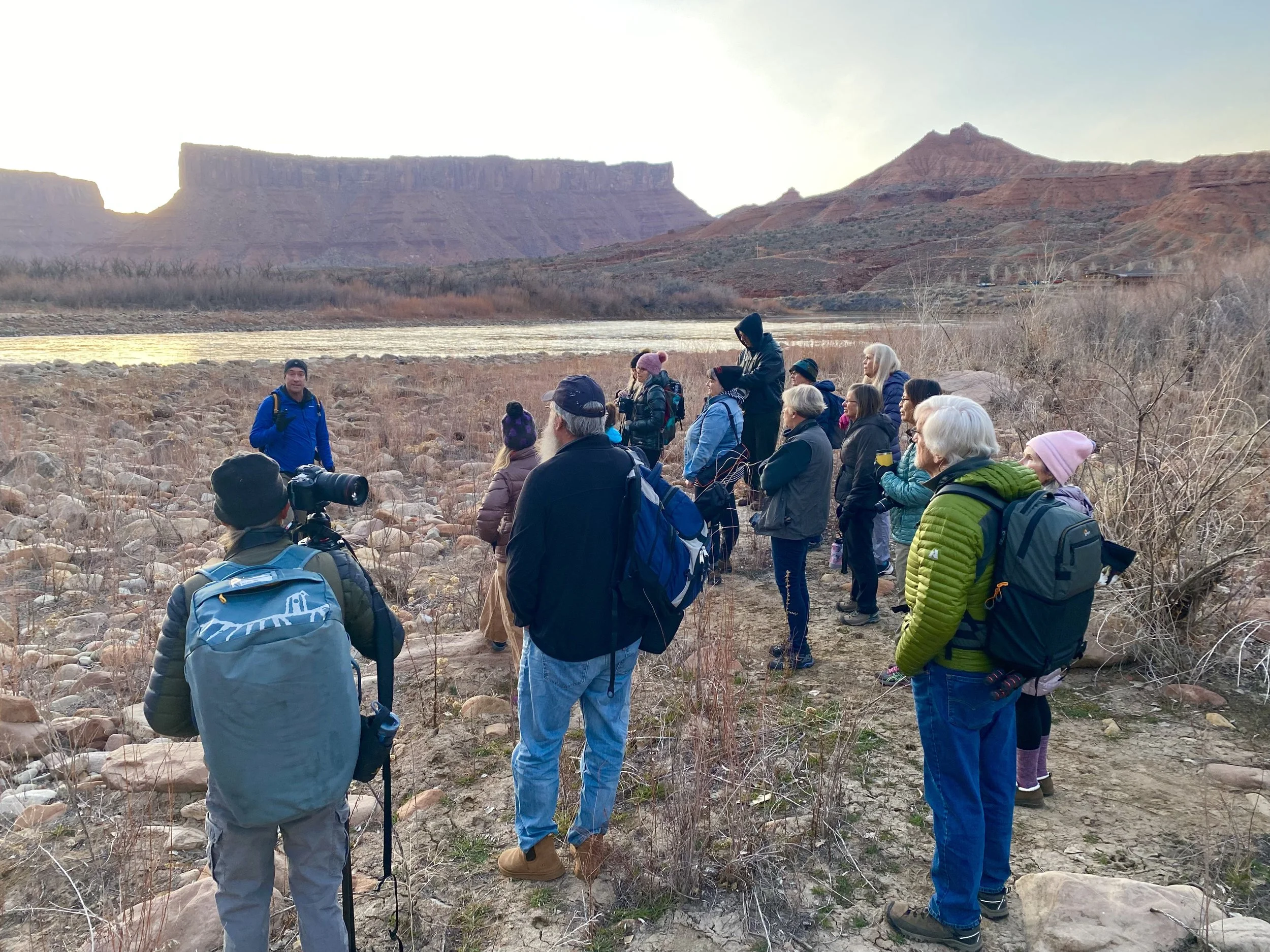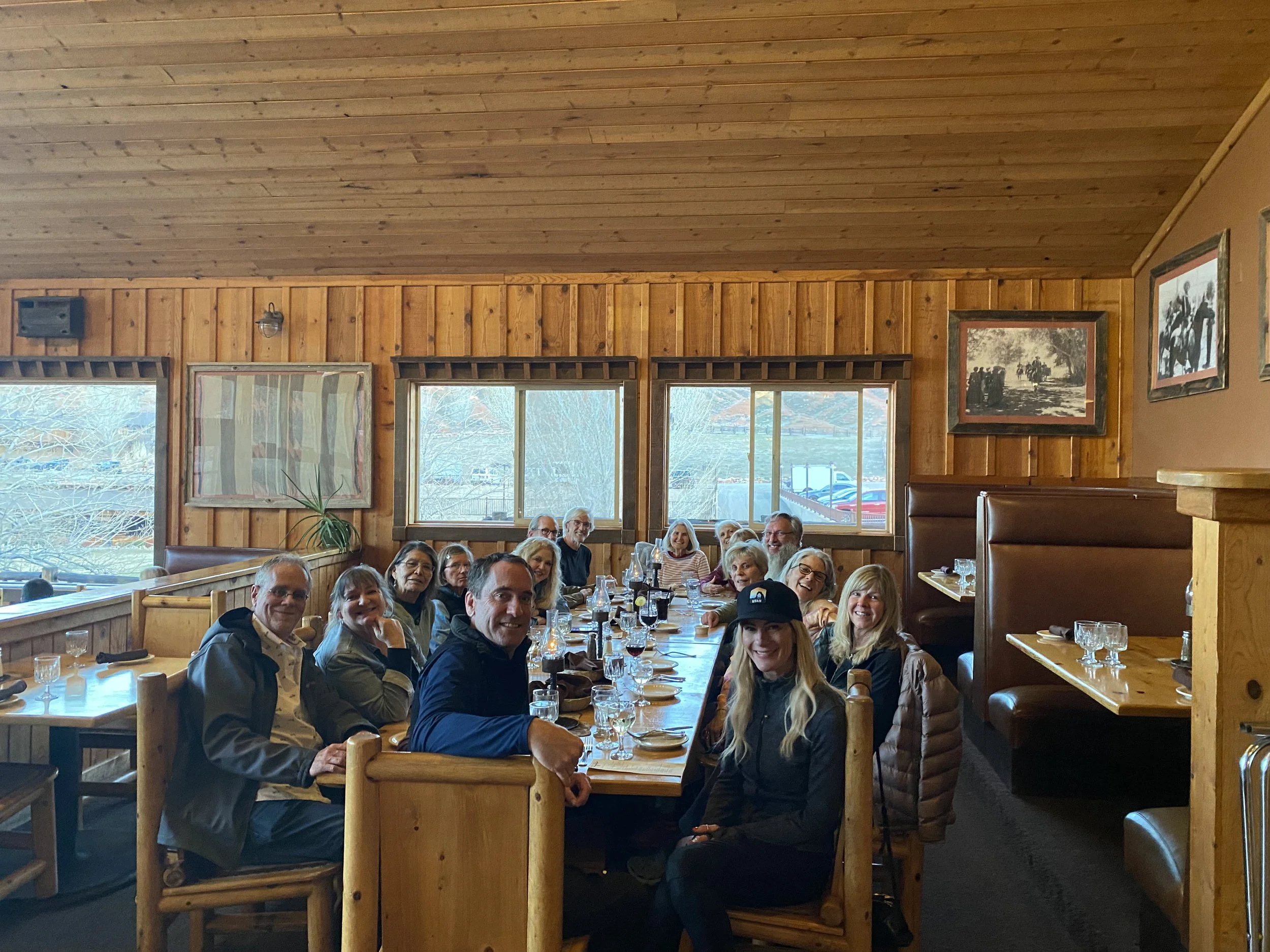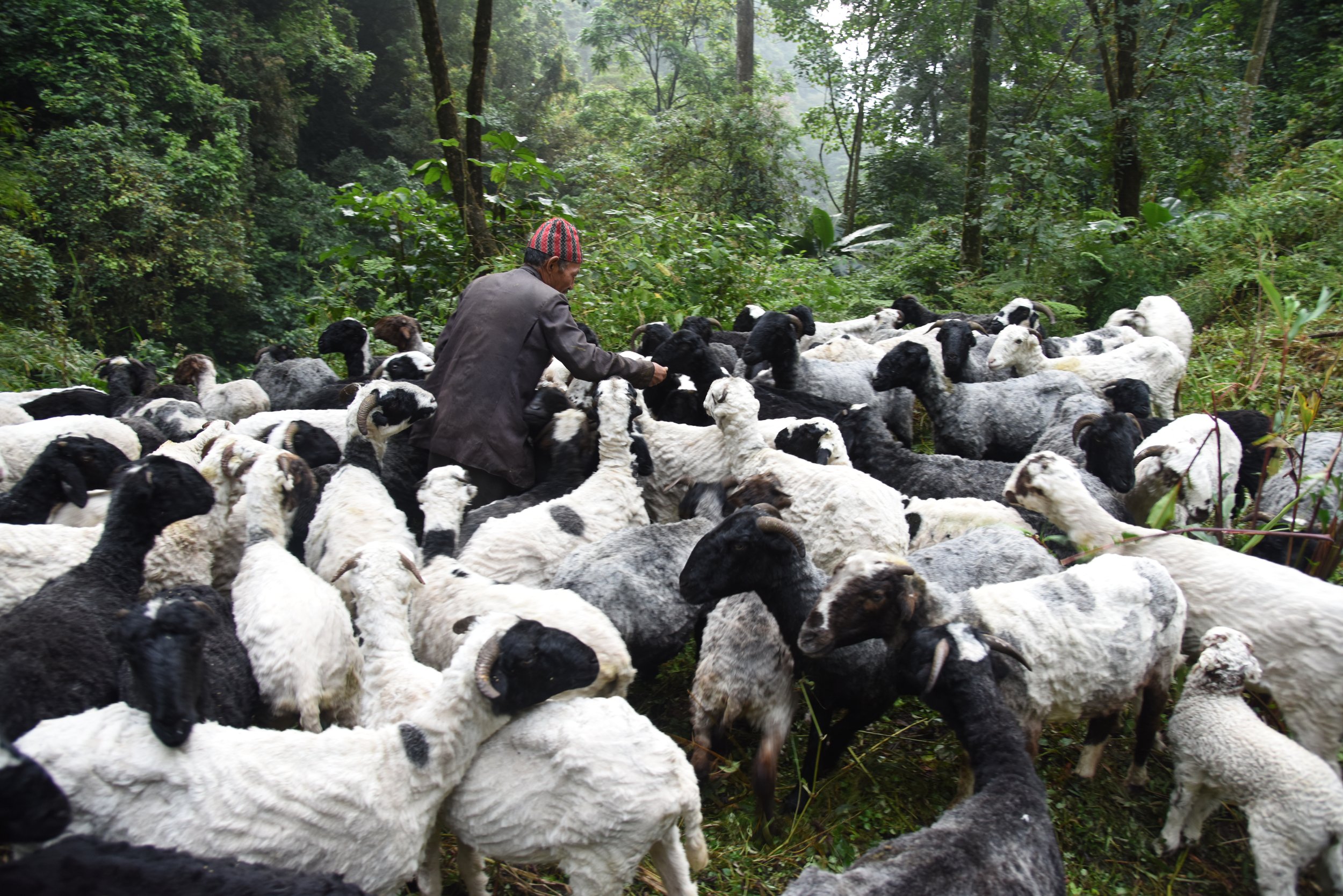Journeys into Eastern Philosophy /
New Class Forming: Fall 2024
This course will provide a broad introduction to the core beliefs and teachings of Eastern philosophy, as well as opening a portal into the sacred landscapes and architecture of Asia. The class will be half philosophy seminar, and half travelogue. Each week we will focus on one of the great religions of the East, including Hinduism, Buddhism, Taoism, and Zen. We will then embark on a photographic journey through the landscapes, temples, and shrines held sacred in each tradition. The journeys will include a trip down the Ganges River, a visit to Bodh Gaya, into the monasteries of Ladakh and Sikkim, and a pilgrimage through the sacred mountains of China. There will be discussions on the history of each tradition—its art, sacred texts, core beliefs, and the geography and culture that inspired them.
Course offered through the University of Utah’s Osher Institute. Thursdays, September 19 - October 24, 3:30-5:00pm
Course Review: “Jonathan Duncan was truly inspirational. Passion, depth of knowledge, ability to convey new concepts and encourage class participation—the best.”
ZEN & the Art of Landscape Photography Moab, Utah | March 18-21, 2022 /
Zen philosophy has much to teach the Western mind about being present in the moment, paying attention, spontaneity, balance, and the interconnection of all things. Through this workshop we will hone our skills in technical photography, composition, and reading natural light, but also practice meditation exercises on light, form, and movement. My hope is we will learn to see the world around us in new ways, and develop our creative capacity to share our own unique version of reality—to tap into our inner artist. Sponsored by the University of Utah’s GoLearn program.
THE SPIRIT OF HIGH PLACES AT THE UNIVERSITY OF UTAH /
PRESS RELEASE: Special Zoom Event Sponsored by the University of Utah’s Go Learn program.
This presentation will take you through many of the world’s greatest mountain ranges and explores the ways that human beings have related to these landscapes throughout history. These are enduring stories of meaning and purpose, of people’s aspirations and their sense of what is sacred. Jonathan Duncan has spent over twenty years exploring and documenting the world’s high and wild places. His journeys have taken him throughout the Himalayas, to the Patagonian Andes, the Alaska Range, Antarctica, and the Buddhist mountains of China. Jonathan serves as the adjunct professor of Adventure Media & Photography at Westminster College, and teaches courses on the Sacred Mountains of the World and the Himalayan Geography through the Osher Institute at the University of Utah. He recently released a new photographic ebook—The Spirit of High Places.
FINDING LADAKH /
Ladakh is many things. An ancient mountain kingdom in a far corner of the Himalayas, it has long served as a crossroads and entrepot between the cultures of India, China, and Central Asia. This is a place where traditional Tibetan culture continues to flourish. Where the Chang Pa, the nomadic herders of the high plateaus, sustain a way of existing on the land that goes back thousands of years. Ladakh is a place where sand dunes soar unexpectedly amongst the world’s greatest mountains; where dazzling turquoise lakes are worshipped on isolated, windswept plains; where one may still be invited to meditate with a reclusive monk in a cliffside shrine. There is a deep well of history here. In the 1970s, when the region was finally opened up to western travelers, it became a magnet for all variety of academic research. Ladakh came to represent a model of a localized, sustainable society, and a culture that had maintained a living connection to the traditions of the past. Ladakh today is a land in transition and undergoing a rapid and tumultuous awakening to the modern world. One still feels grounded in a rich and meaningful history here, but there is also a sense of time catching up—and a gust in the winds of change.
THE LAST SHEPHERD /
Last autumn, before all the craziness of 2020, I spent a month traveling through Sikkim in the Indian Himalayas. I was fortunate enough on this trip to meet a young Indian Ph.D student doing her research on the waning days of nomadic herding in the Himalayas. Together we ventured into the forest to document a day in the life of the last goat shepherd in Sikkim. Our photo-essay just got published in the Himalayan Journal.
Aitamaan Limboo is one of the last sheep herders in the Himalayan region of Sikkim. In 2002, when a state policy banned most grazing and pastoral herding in the protected areas of Sikkim, Mr. Limboo sold his cattle and buffalo herd. The state continued to grant a few permits to herd goats in the region, so Mr. Limboo then took up a herd of sheep and goats. This is a photo essay exploring a day in the life of one of the last shepherds of Sikkim.
In spending any significant time with someone continuing to live a pastoral existence, one is struck by the considerable social, ecological, and political stress they live under. Livestock rearing requires a day and night effort. It also requires a deep knowledge of the natural systems that can only be acquired through years of direct experience living with your animals on the land. Mr. Limboo knows the seasons, the contours of the landscape, the various grasses, and above all, his animals. The hope for this article is to provide a record of a vanishing way of life—and to record a bit of the collected wisdom passed down from generations of people who have lived a pastoral existence in the forests and grasslands of the Himalayas. READ MORE
The Secrets of Sikkim /
Everyone has a story... /
Shubham Kumar, New Delhi, India,
New Delhi in June is not the most pleasant place to be a traveler. The summer monsoon is settling in, and the temperatures can soar to over 115 degrees F. This summer I found myself roaming these hot and humid streets on a layover awaiting a flight into the Himalayas.
My favorite sites in Delhi are all in the Old Quarter, with its wood frame Mughal architecture, open markets, and rich vibe of history and happenings. In front of the iconic old Red Fort I came to meet a young pedal rickshaw driver named Shubham Kumar. His pitch on taking me for a rickshaw tour sounded pretty good given the oppressive heat.
For the next half hour I came to know Shubham. “My name is closely associated with the powers of Lord Shiva,” he informs me. “Very auspicious. My parents must have been very proud.” I became fascinated with this inside view Shubham was offering of a young man making his way in the tumultuous and changing world of urban India. I asked Shubham of his hopes and aspirations—his dreams. “One day I will marry, and buy my parents a house. That would make me very happy. Which is the point of a good life. No?”
While slowly winding through the narrow alleys of the Old Quarter, swaying to the rhythms of Shubham’s pedaling, I was reminded of how everyone has a story to tell. I have worked with large corporations and small non-profits, prominent individuals and aspiring students, and each person I meet is creating a story. It is part of our humanity: to add one small stroke onto the larger canvas of life’s unfolding…





































